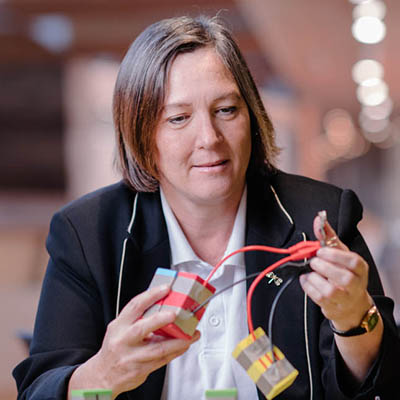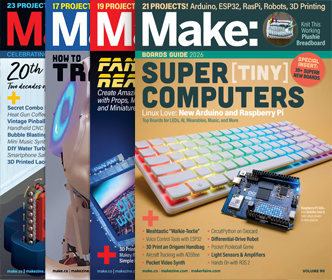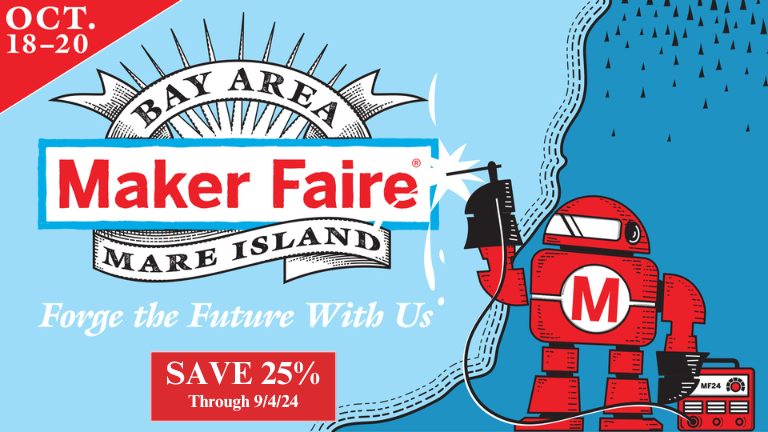TapeBlocks: Creative Circuit Making for All
By Kirsten Ellis
TapeBlocks are the accessible, affordable, versatile and creative circuit making activity that is accessible for everyone including people living with a disability. TapeBlocks combine technology with creativity for play and exploration
Type: Social Impact
Website: https://TapeBlock.com

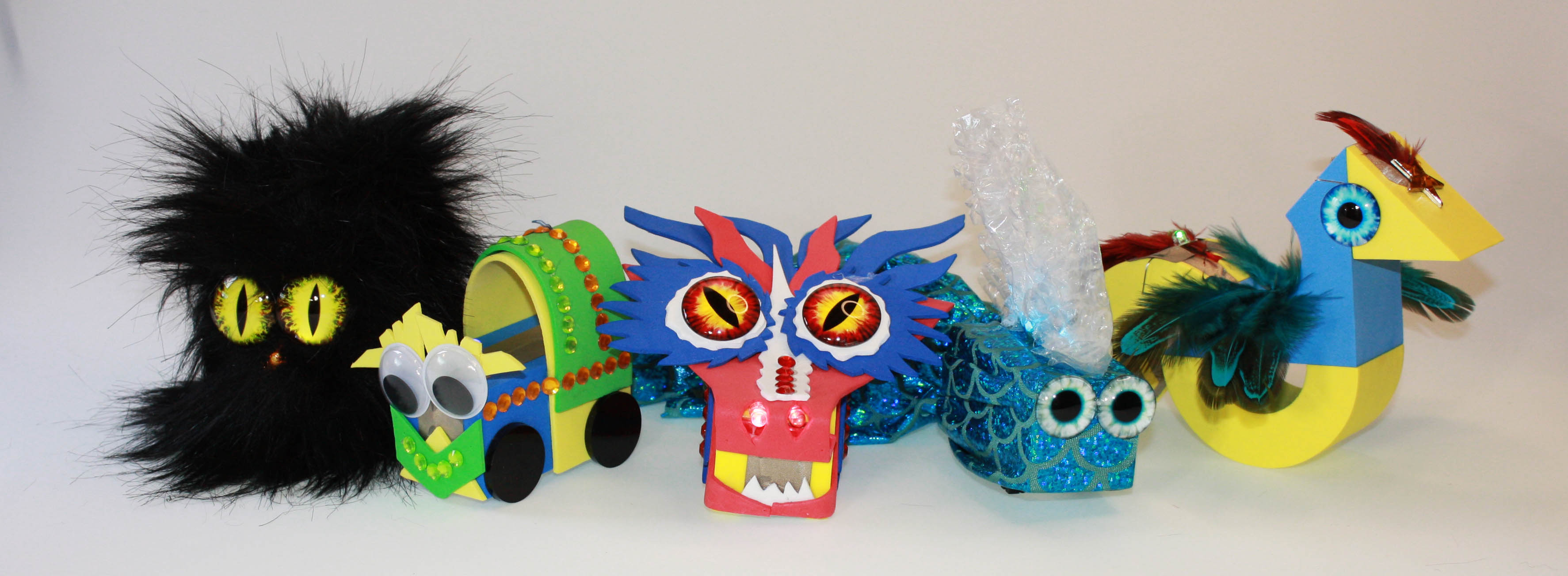
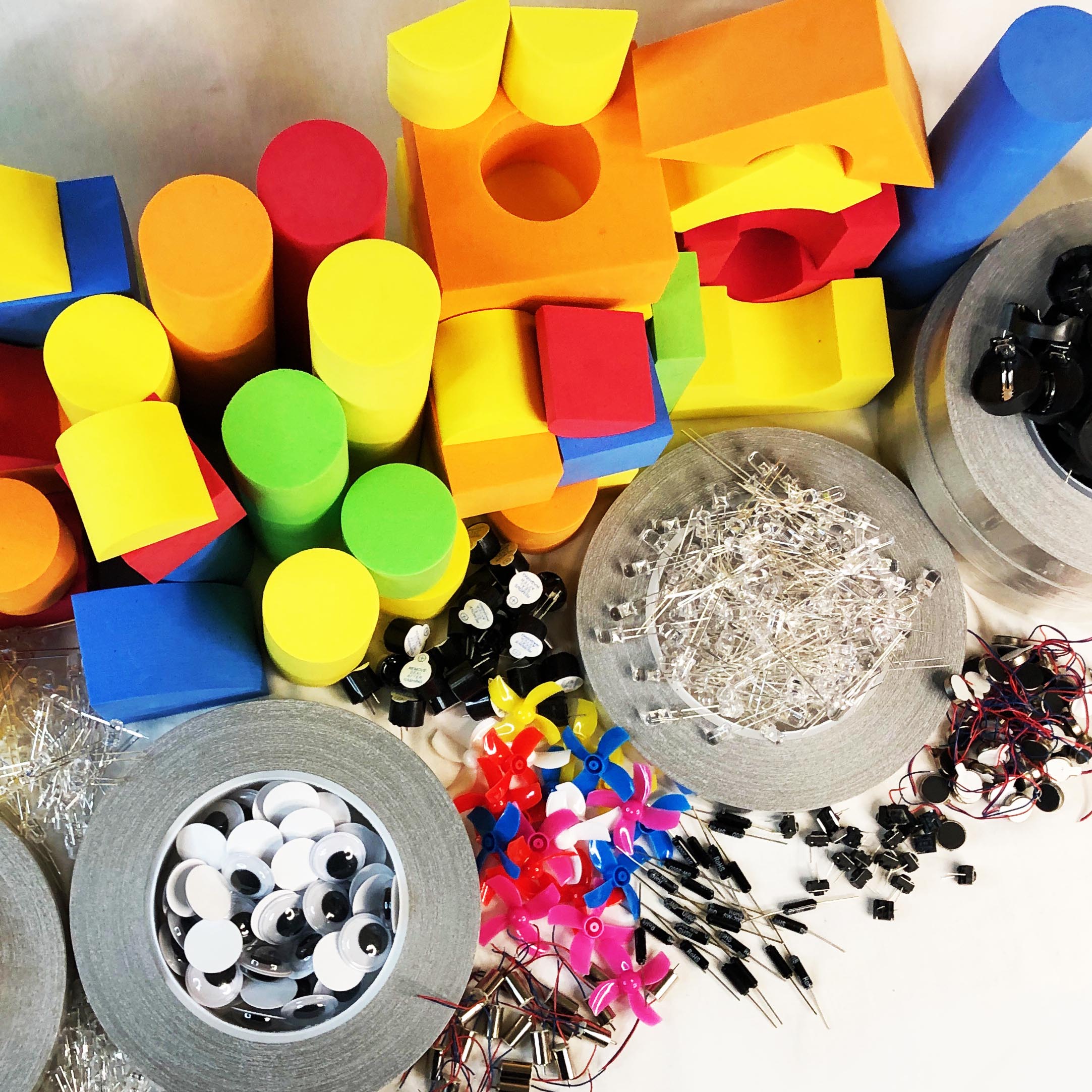
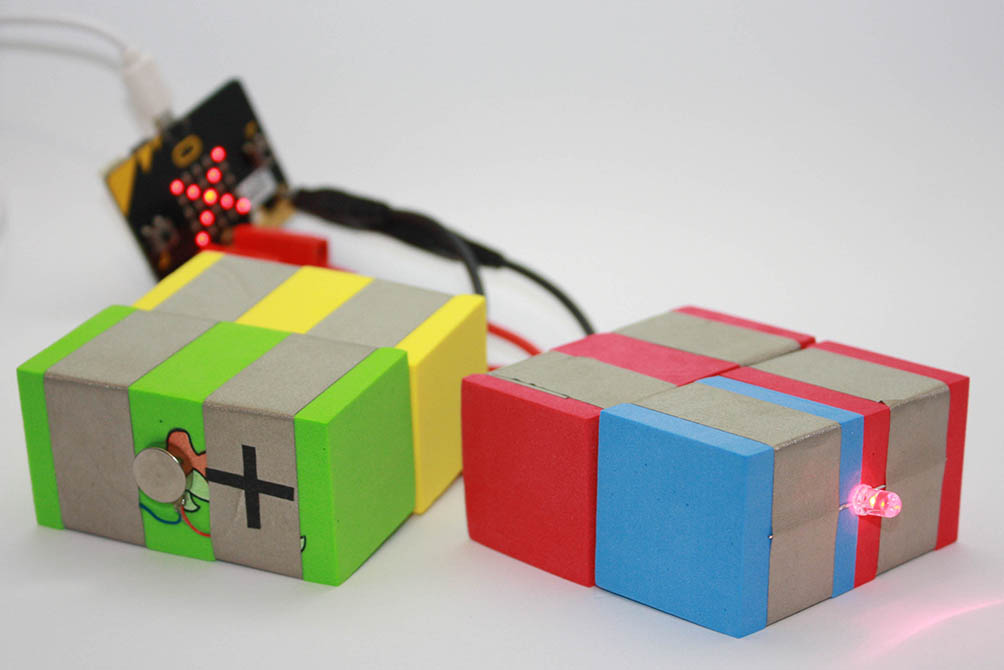
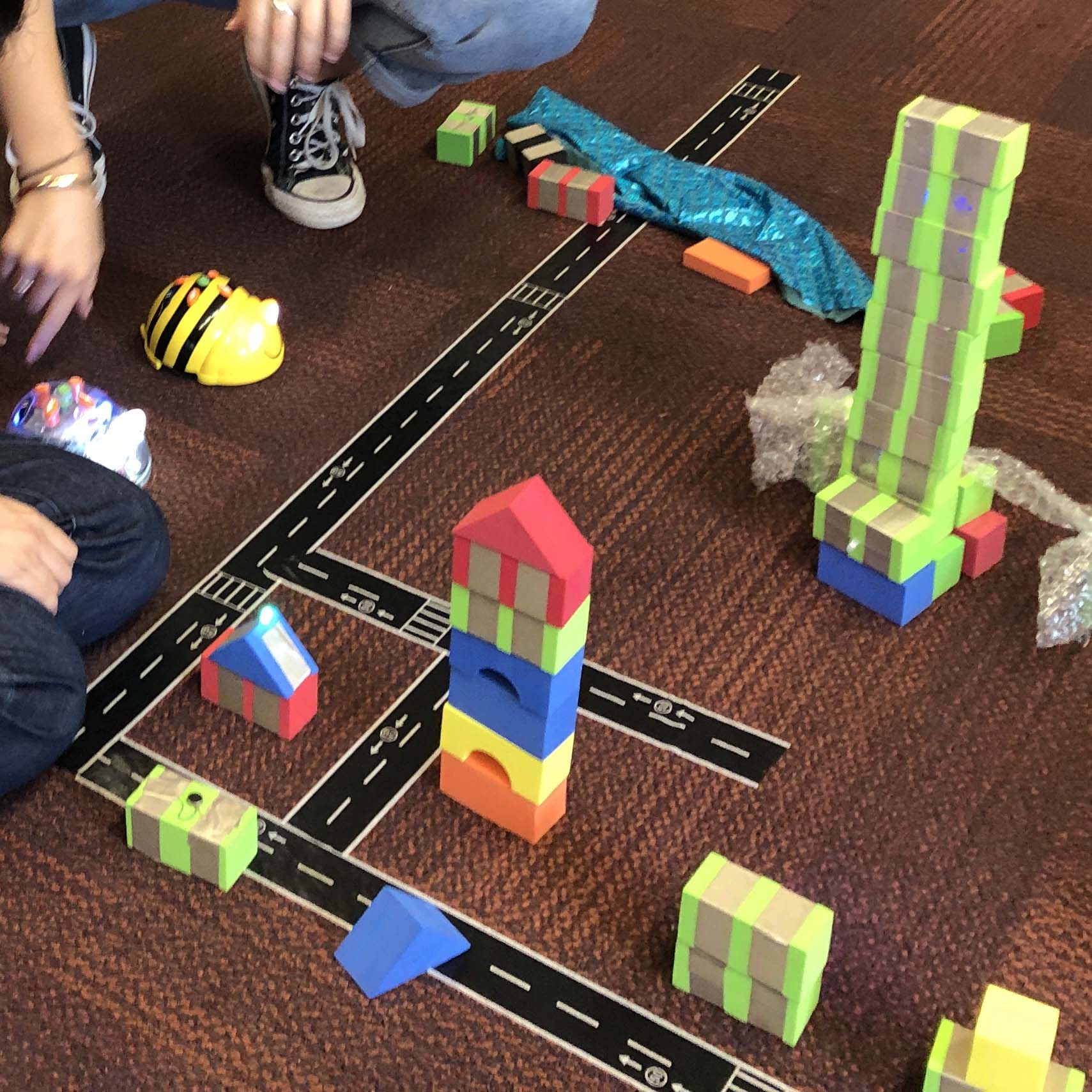

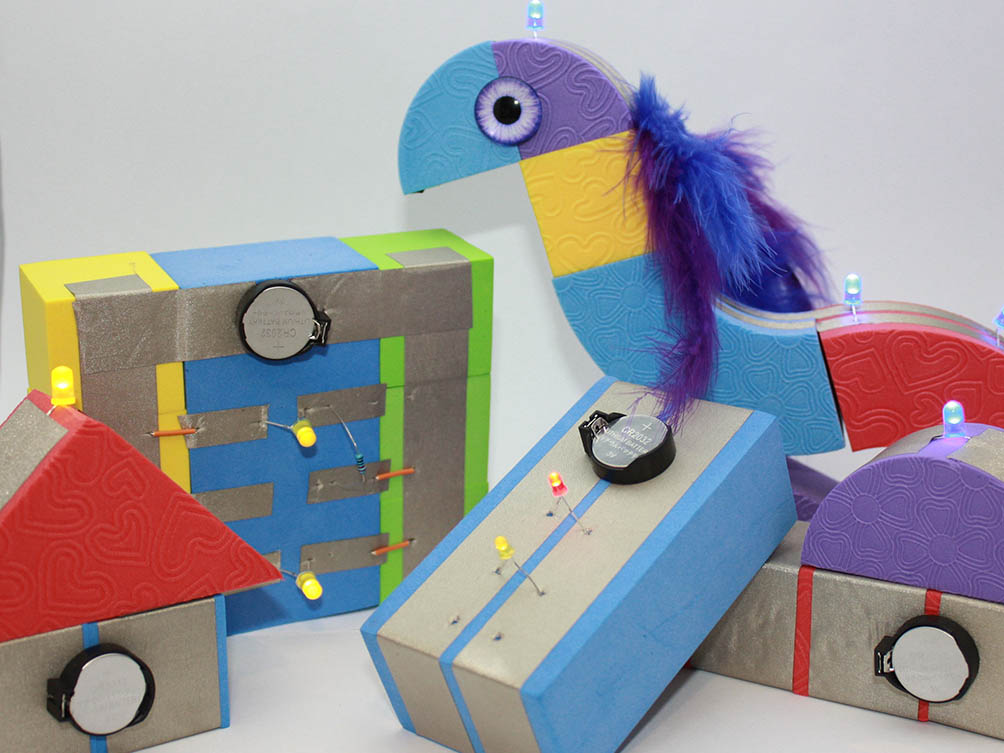
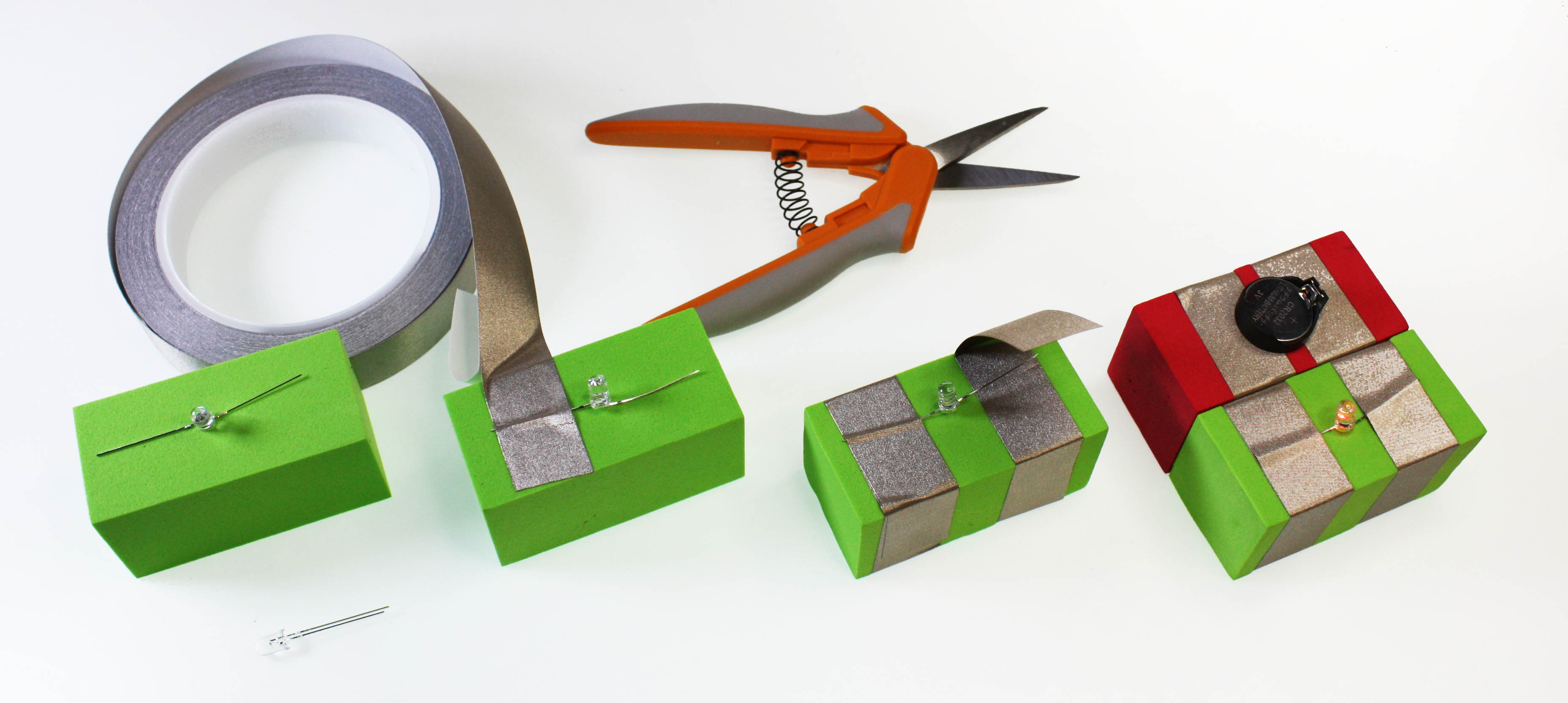
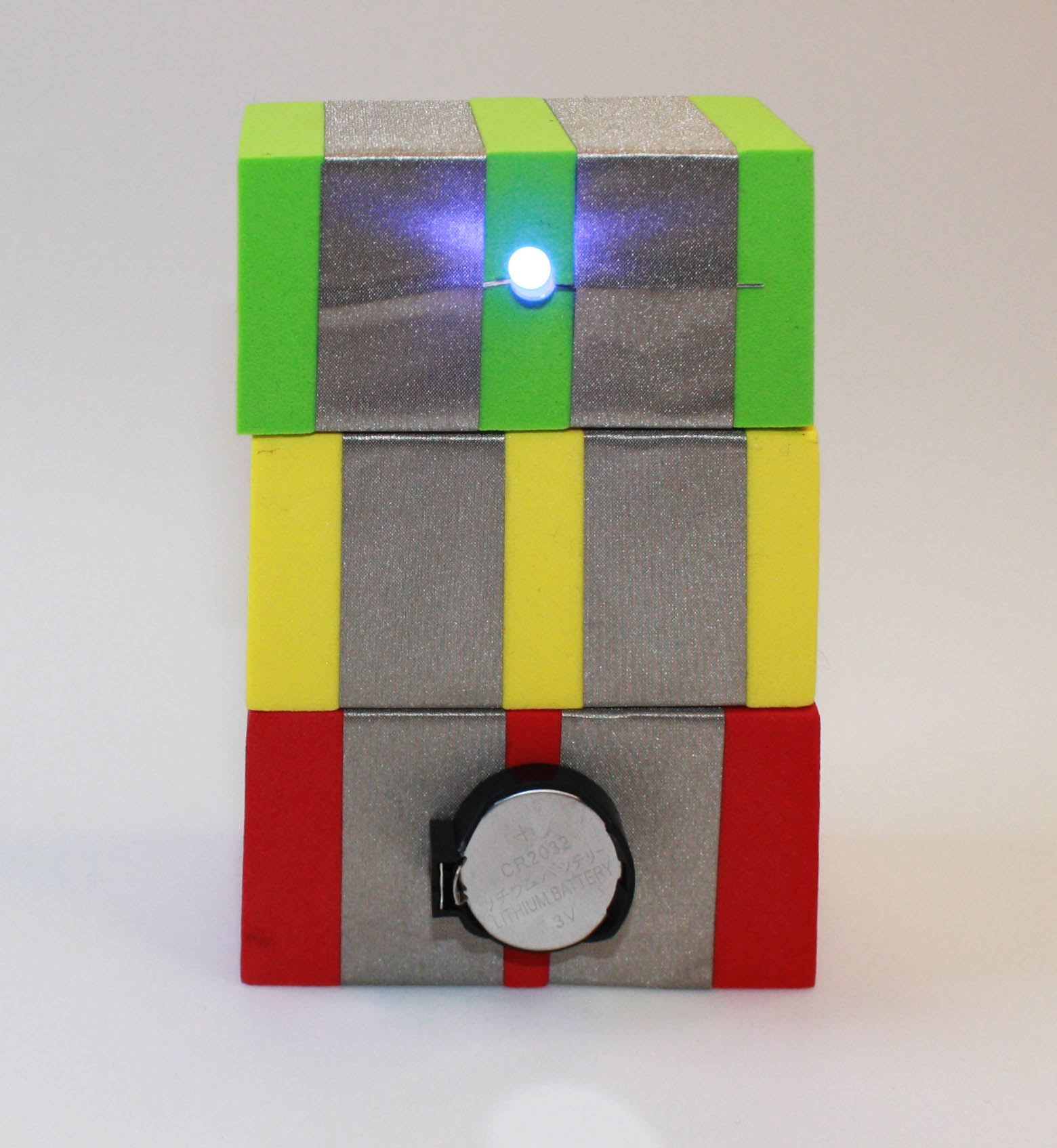
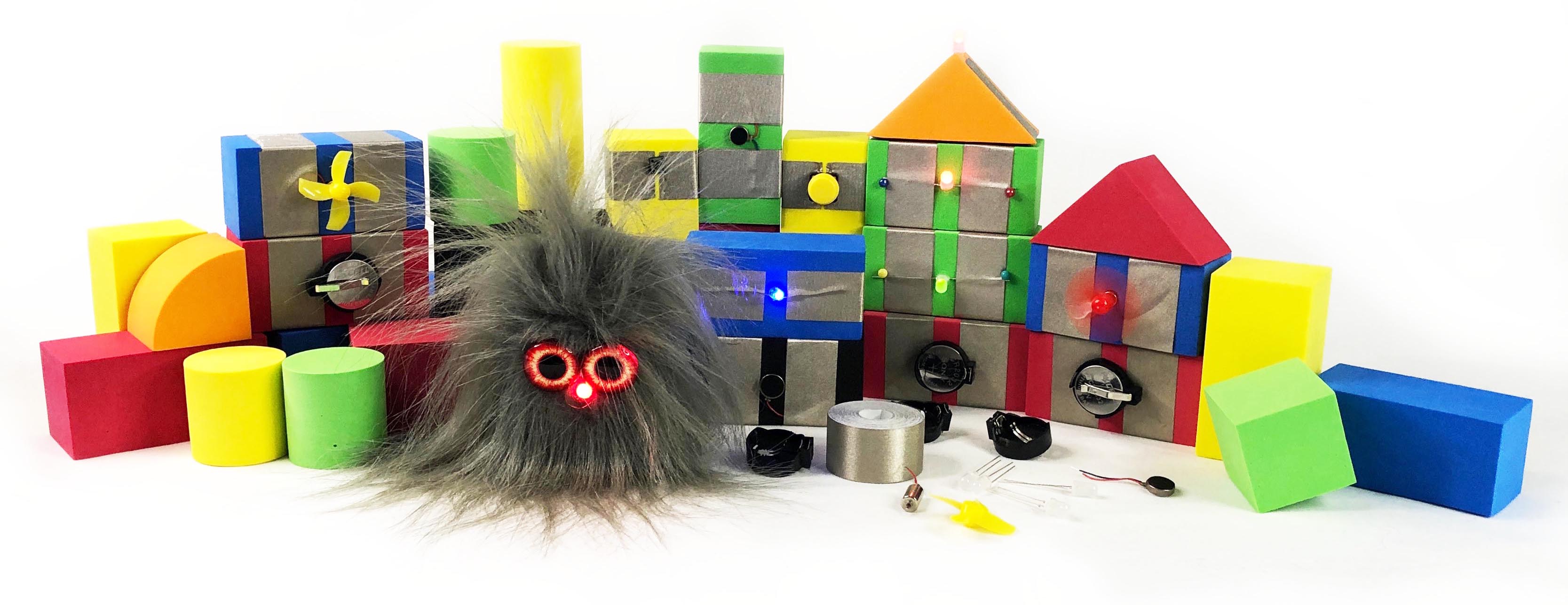
What inspired you or what is the idea that got you started?
I wanted to create a making activity that would include people with various disabilities as active participants. Everyone deserves the opportunity to participate in making, but as a community, we need to make everyone feel welcome and capable. That’s why I designed TapeBlock. They facilitate play and explorations because they are colorful and not intimidating.
TapeBlocks are low-cost and easy to make with nothing hidden so that anyone can make them with confidence. There is nothing hidden in the TapeBlock circuit, and if you can cut and place objects and tape, you can make them for yourself. This is great for group activities such as engagement sessions. Basic TapeBlocks can be made in a single session; there are no inserting wires in tiny holes or hot soldering irons to intimidate anyone. The other thing is that TapeBlocks are large and chunky. They can be used for teaching online as the instructor can see what participants are doing and provide instructions.
What is your project about and how does it work?
TapeBlocks are EVA children's building blocks that use conductive tape rather than wires to form circuits; the tape, by its nature, provides a large conductive area that can be used to make connections between the TapeBlocks. Two parallel strips of conductive tape are wrapped the entire way around the blocks so they can be connected on any side. One of the strips is connected to the positive terminal on the power source and functionally becomes the positive wire. The other strip connects to the negative terminal on the power source and functionally becomes the negative wire. When a power block is connected with a component block, a circuit is created, and the component activates. There are a range of components used to create TapeBlocks, including batteries, bicolor LEDs, flashing LEDs, color change LEDs, vibration motors, fan motors, buttons, tilt switches and Light Dependent Resistors. They can then be used in a variety of ways and decorated.
What did you learn by doing this project?
TapeBlocks are a toolkit, but they are also a method that can be extended once the concepts are understood. I started with a power block and a light, added a vibration motor, then a tilt switch, I then added buttons, motors, and fans. I have experimented with a range of components to see what can be used with a TapeBlock. I have tried lots of different components that use 3V and have two connections. TapeBlocks are a really convenient way to experiment that anyone can use. It is possible to make simple breadboards, as well as stacks of blocks. TapeBlocks can be connected to a Micro:Bit with a banana plug and cut lead to introduce programming physical components.
The flexibility of the TapeBlock design means that it can be configured to meet the needs of people with a range of disabilities. It is possible to let people explore prebuilt TapeBlocks and build their own with minimum instruction required. TapeBlocks are the spark of an idea that can be expended by all who use them.
What impact does your project have on others as well as yourself?
TapeBlocks have made it possible for people with disabilities to engage in circuit making because they were intentionally designed for this purpose. Through thoughtful activity design (different shapes, sizes, and colors), participants have been able to explore extensively and express personal preferences with TapeBlock characters such as furry creatures, lions, trains, and cars. There are a variety of TapeBlocks that can be made to engage people with different abilities. They also provide scaffolding for increased understanding of electronics in a very hands-on form.
• Blind participants can make TapeBlocks with a vibration, motor, and buzzer, so they can feel and hear when the circuit is made correctly.
• People with cerebral palsy- can push premade TapeBlocks together to form different types of circuits even if they have limited fine motor dexterity.
• People with intellectual disabilities can create TapeBlocks from components to build understanding.


